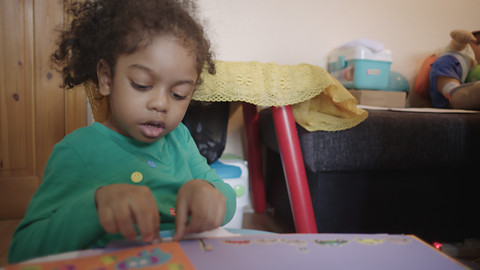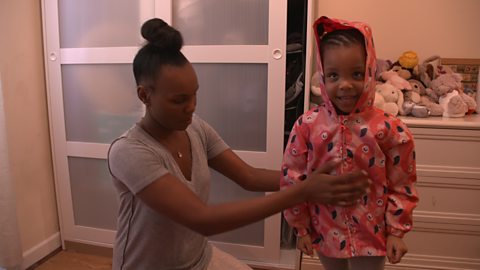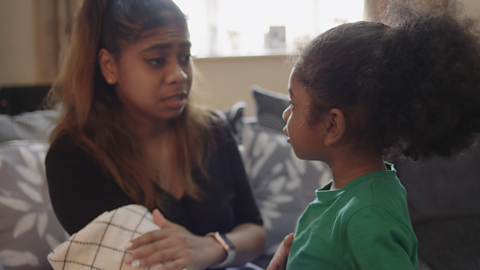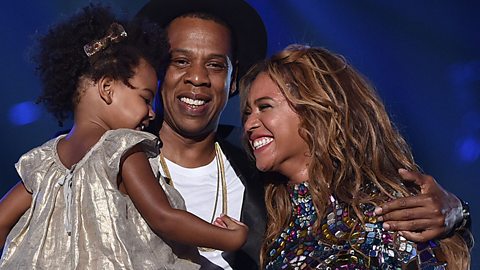Doing a creative activity together, like drawing, can help build your preschooler's language skills.
Let them choose a topic that they love, get stuck in and talk to them throughout the activity.
In the video below, we list some of the benefits of getting creative with your little one.
Why is drawing, scribbling and getting creative great for children?
- Choosing what to draw sparks your child's imagination and creativity.
- Asking your child open questions about what they're creating encourages them to form longer sentences.
- Expanding on what they say to you using rich language, helps them grow their vocabulary.
- Praising their efforts and displaying their artwork boosts their self-esteem and is great for their wellbeing.
- Drawing and scribbling lay the foundations for handwriting when children start school.
Top tips for creative play with preschoolers
It is really important to follow your child's interests whenever you can. This shows them that you are valuing their thoughts and ideas.
At this age, children find it easier to maintain their attention and more motivated to concentrate and engage in conversation when they focus on a subject that interests them.
Let your child decide what to draw or paint. You can then extend their knowledge and vocabulary by responding to what they create.
Asking open-ended questions is a great way to help your child's development at this stage. You could ask 'what', 'why' and 'how' questions to encourage your child to respond in full sentences and order their thoughts.
You could also try giving them two-part instructions, like âdraw a big planet and colour-in the starâ and see if they can follow what you've said.
How do children develop handwriting skills?
Handwriting is a complex skill that takes time to learn.
To learn handwriting, children need to have developed their fine motor skills, language skills, memory and concentration. They also need to be able to control both sides of their body independently e.g. holding the paper with one hand and drawing with the other. This takes time and practise, so the more you give children opportunities to practise through fun creative activities the better they will get.
You can encourage your child to develop an interest in handwriting by giving them plenty of opportunities to draw at home or out and about.
When your child first holds a writing utensil, a thick chunky one might be better to help your child develop the correct finger and thumb grip.
As your child gets more skilled with a pencil or crayon, they can visit the Bitesize reception website to find out how to hold a pencil, make a finger space and much more.

Image caption, Let your child choose an activity they really enjoy.
1 of 3






